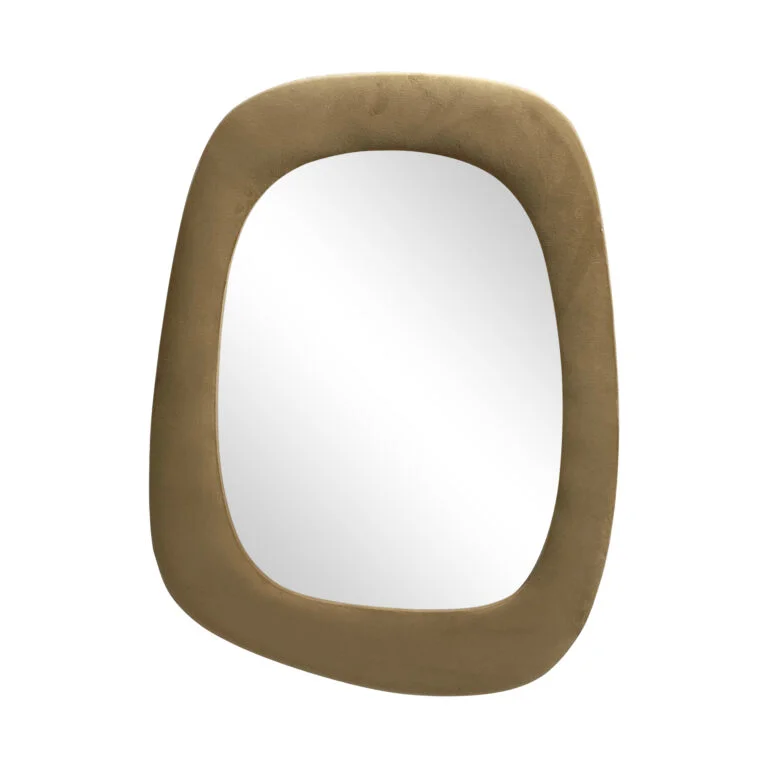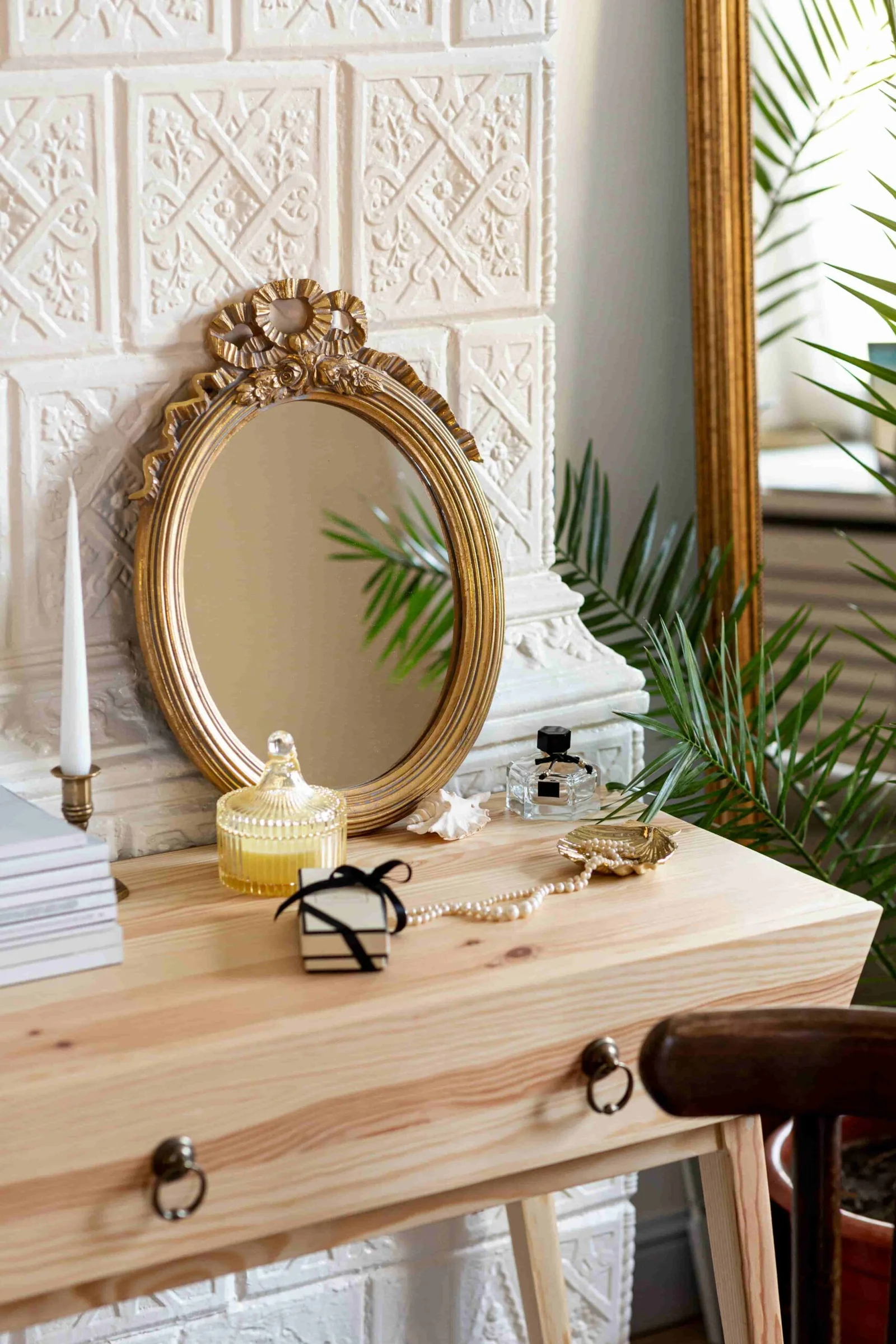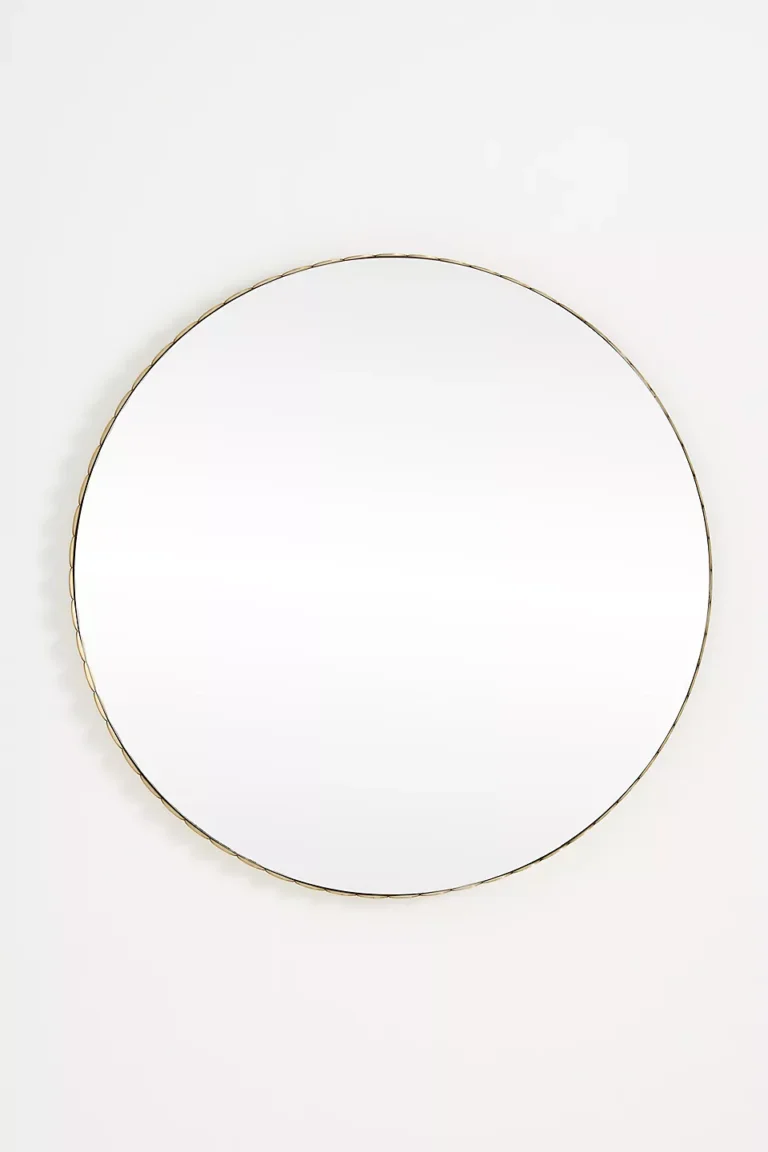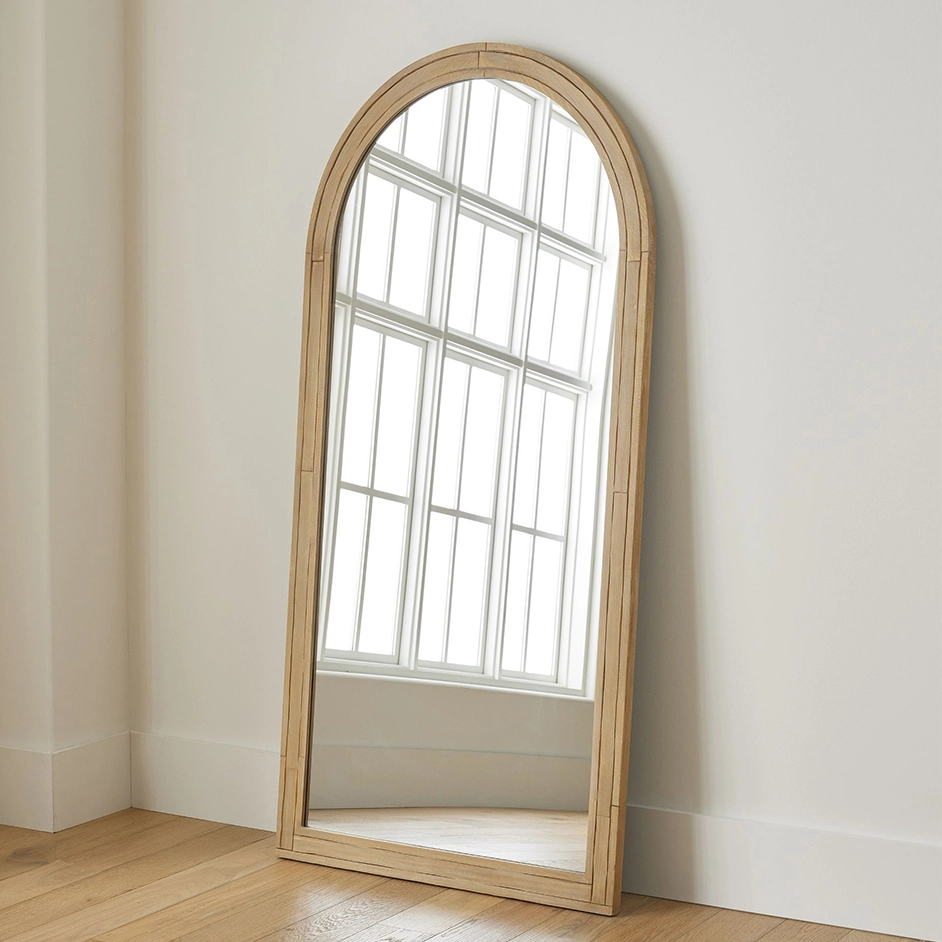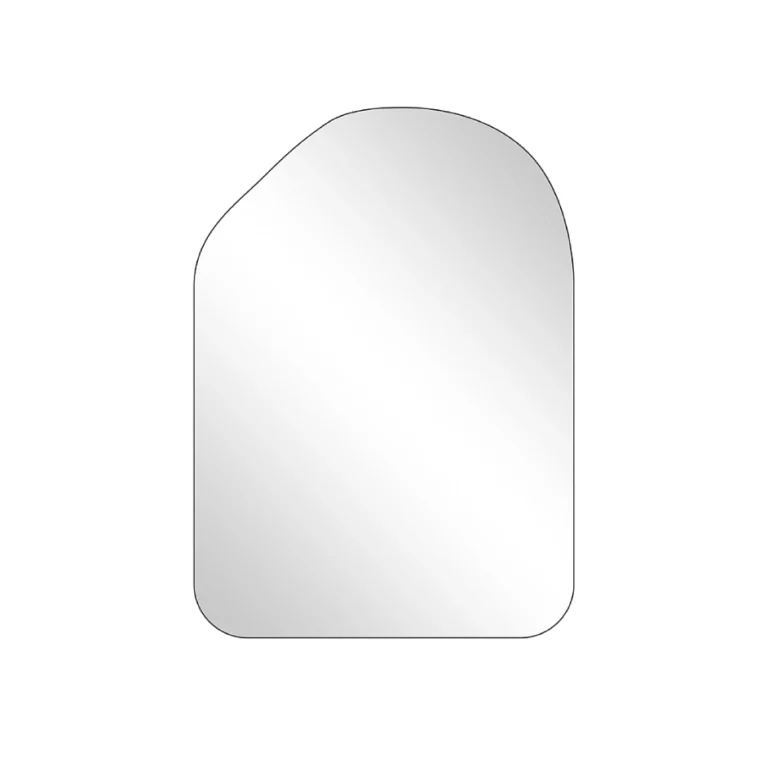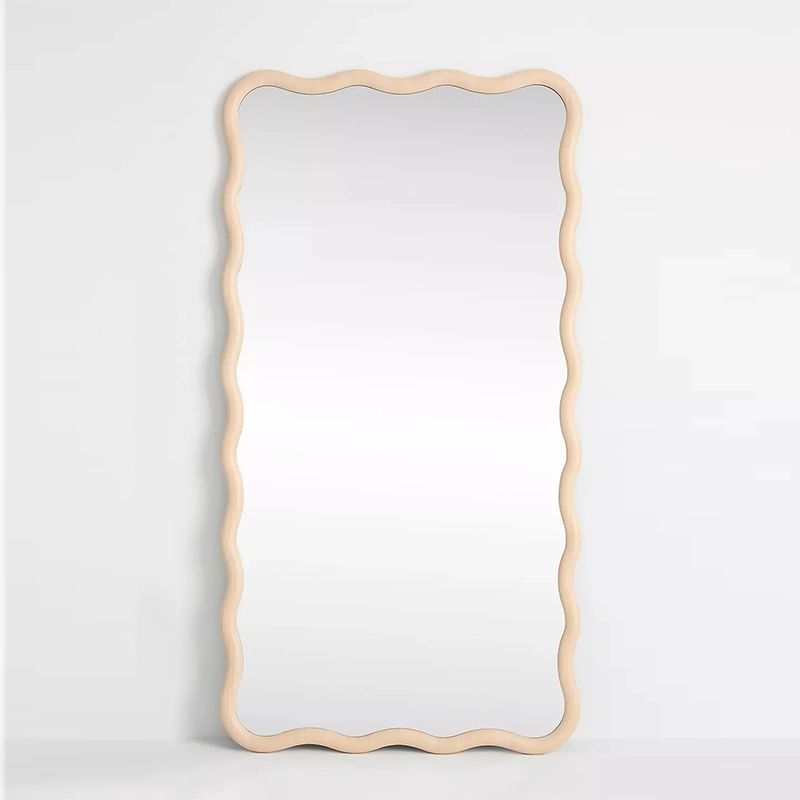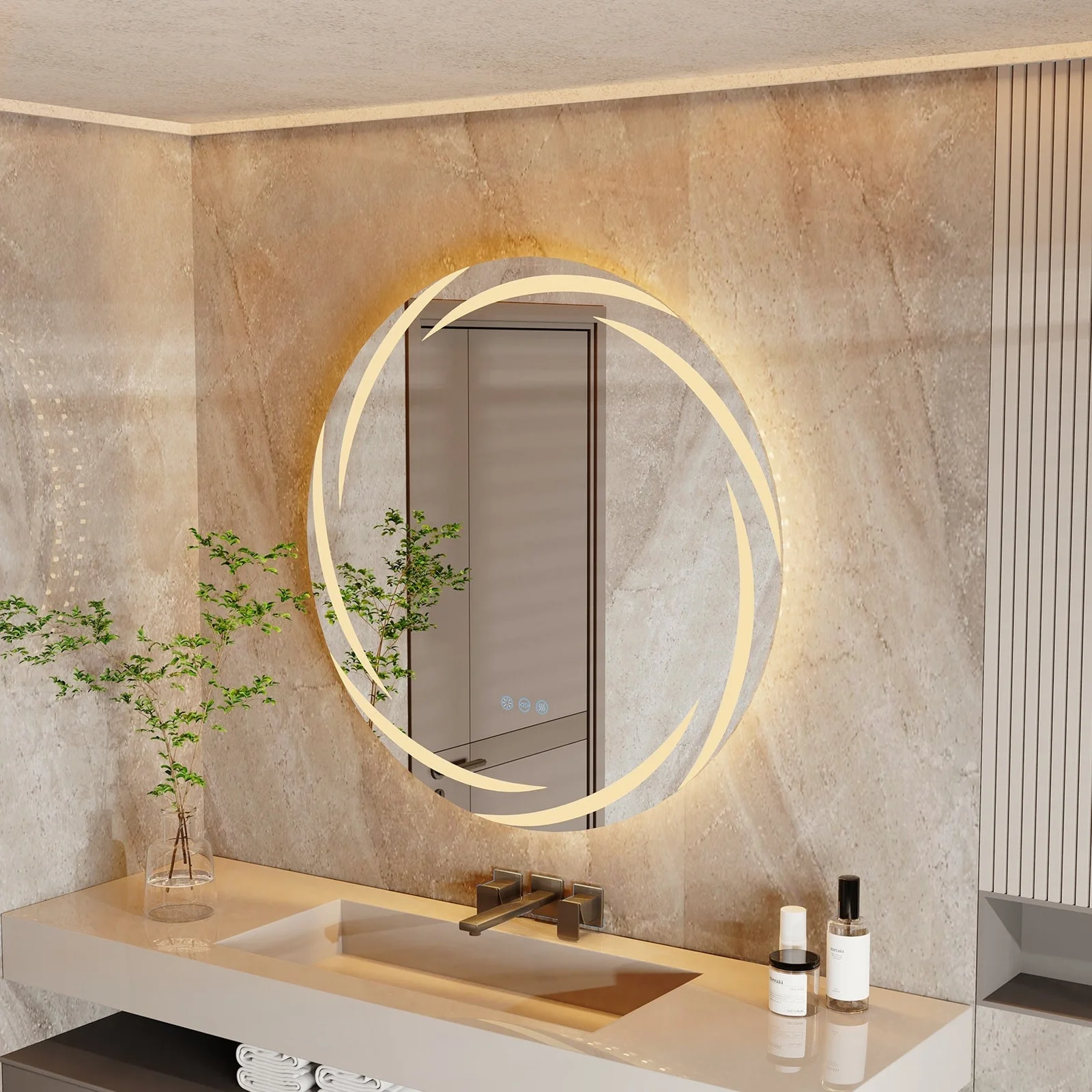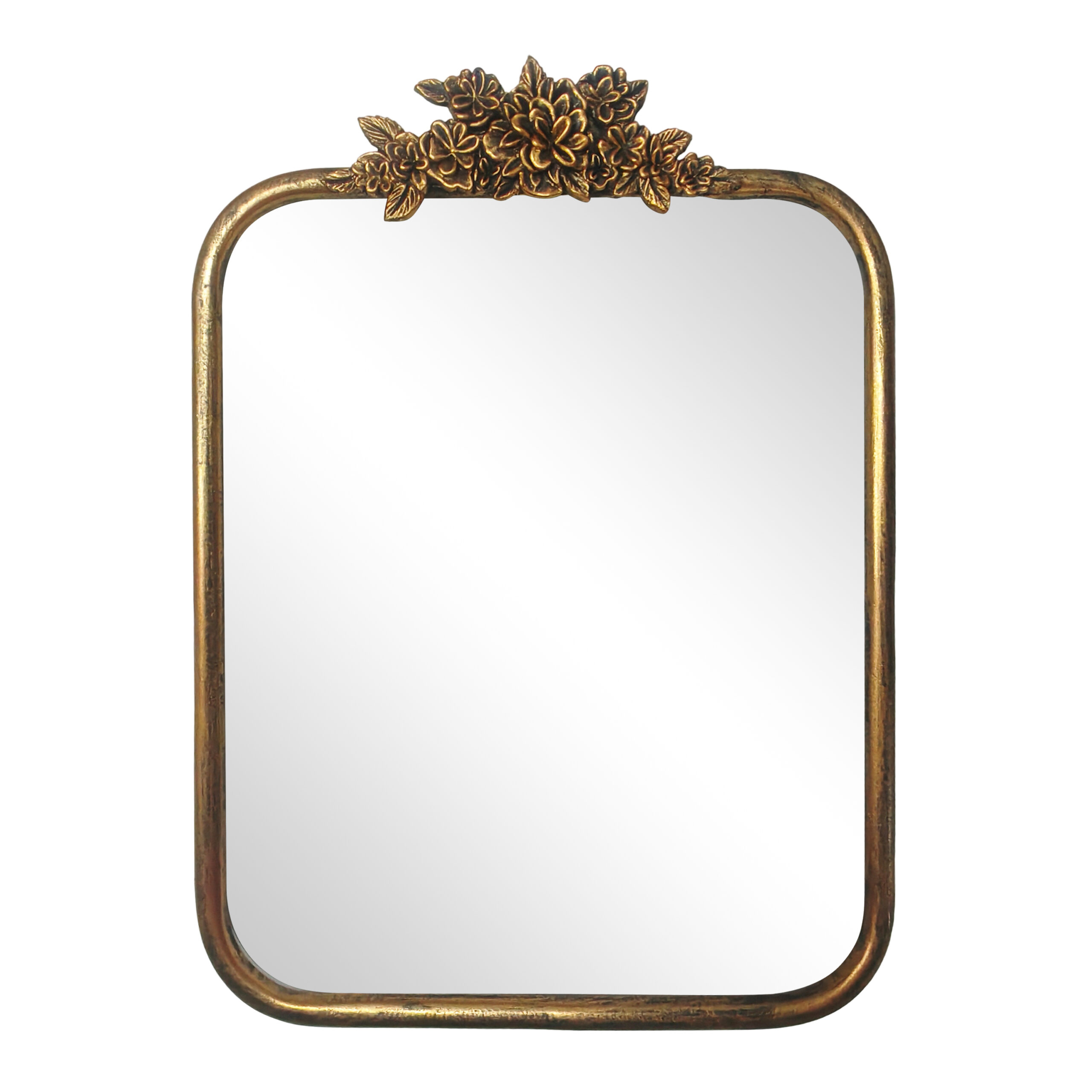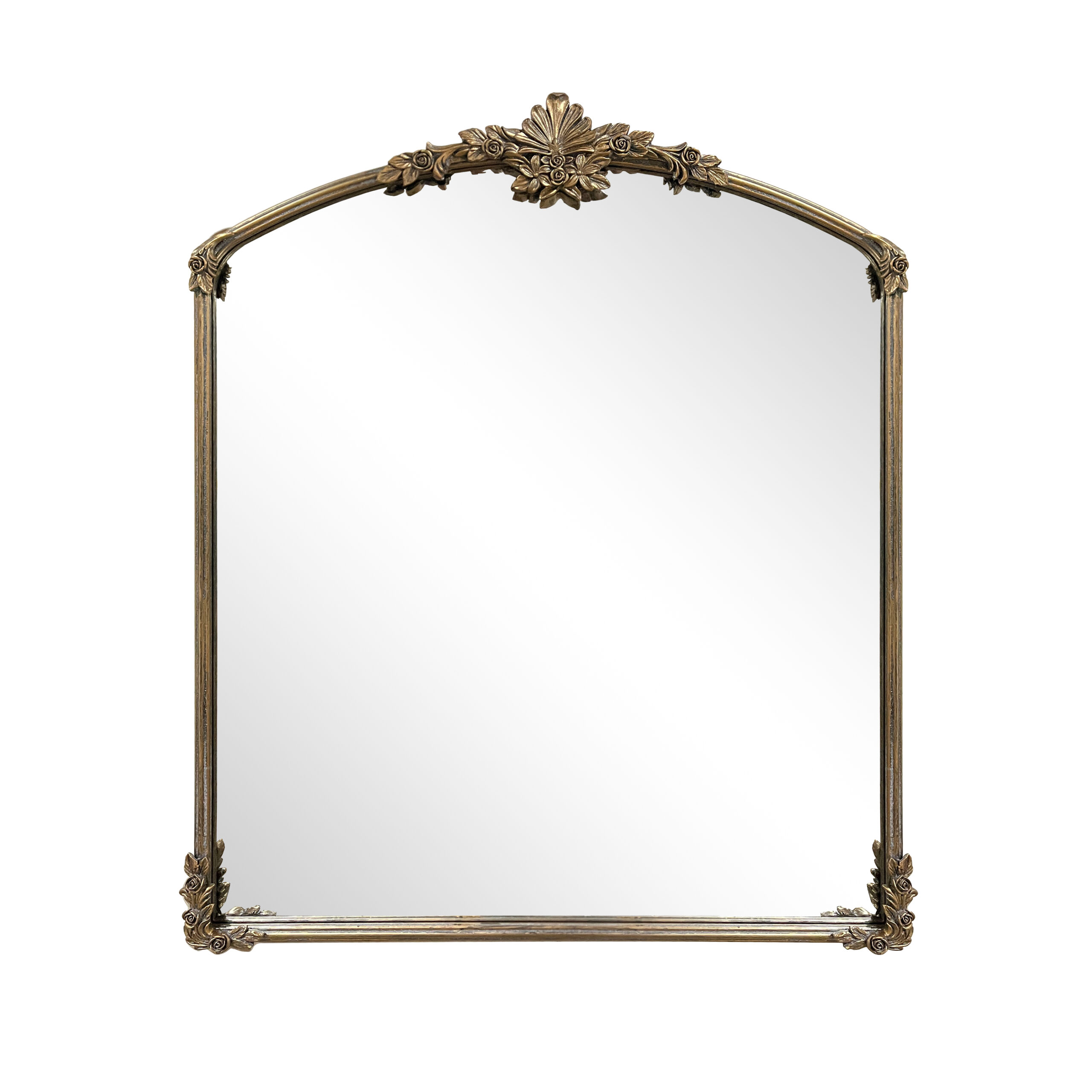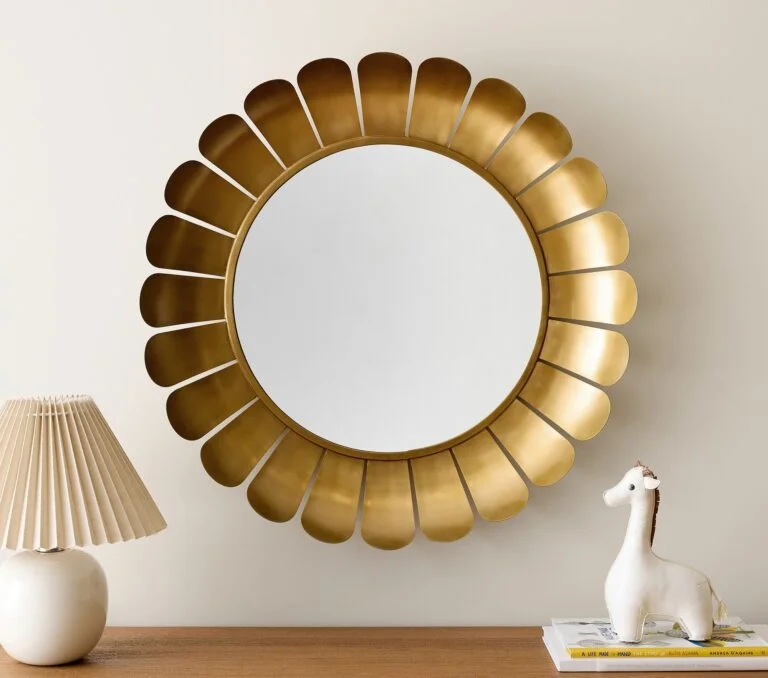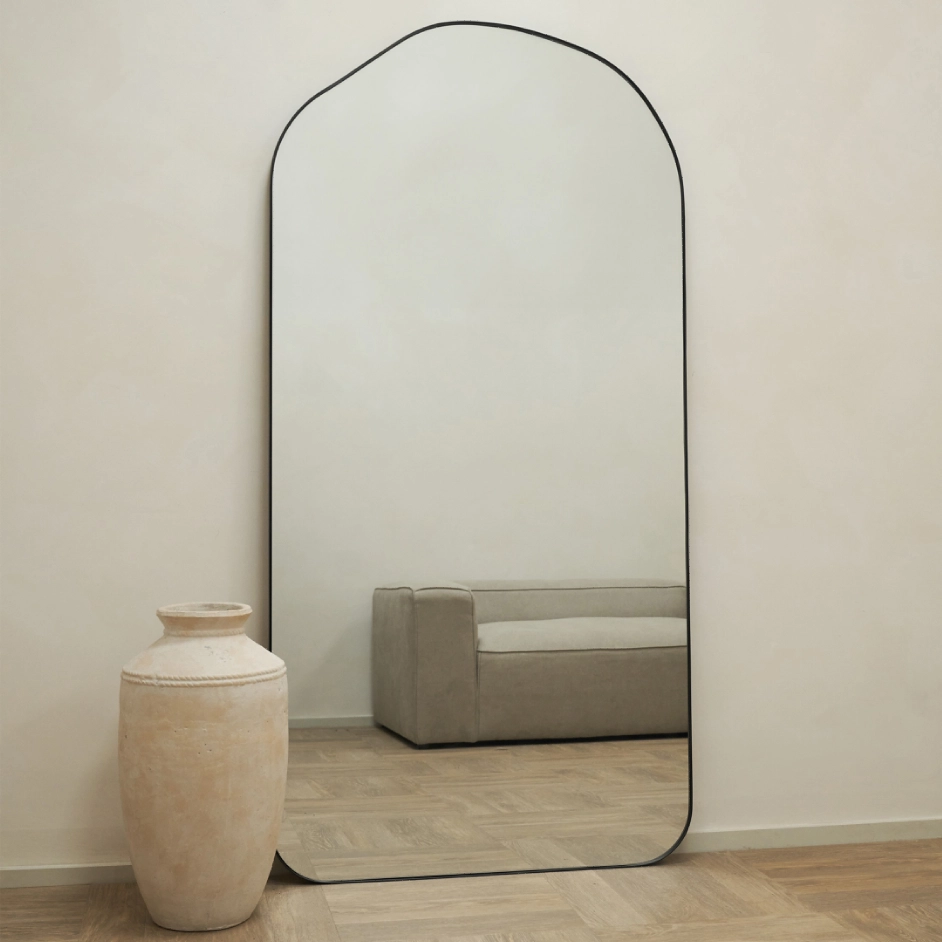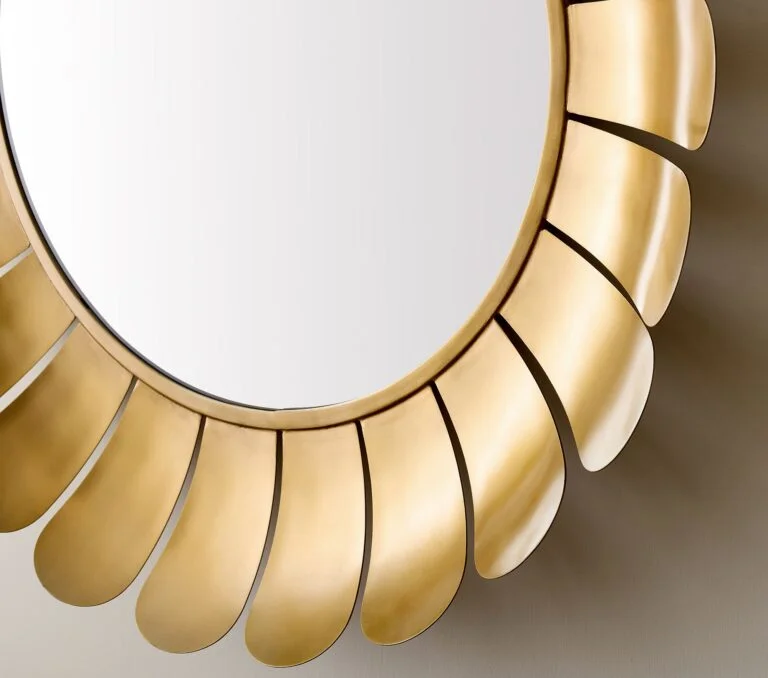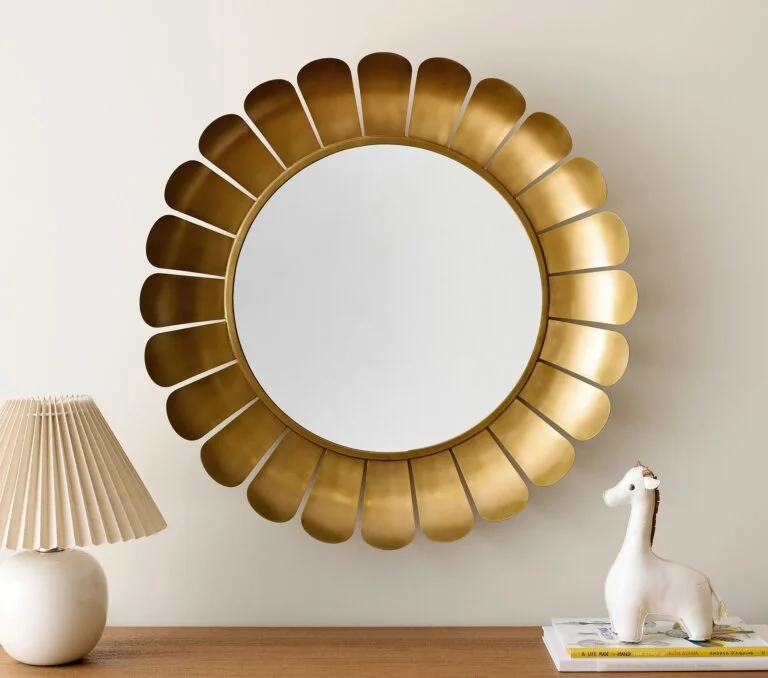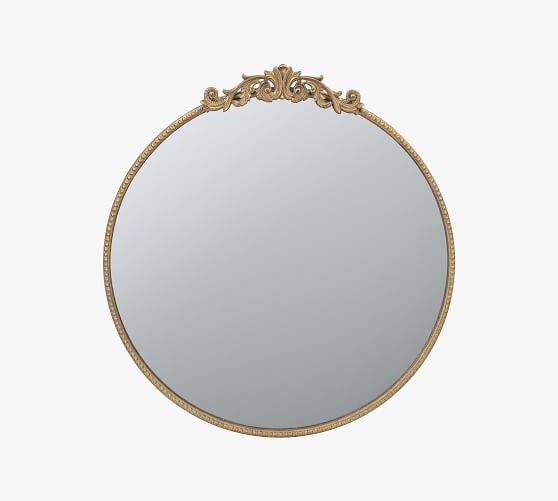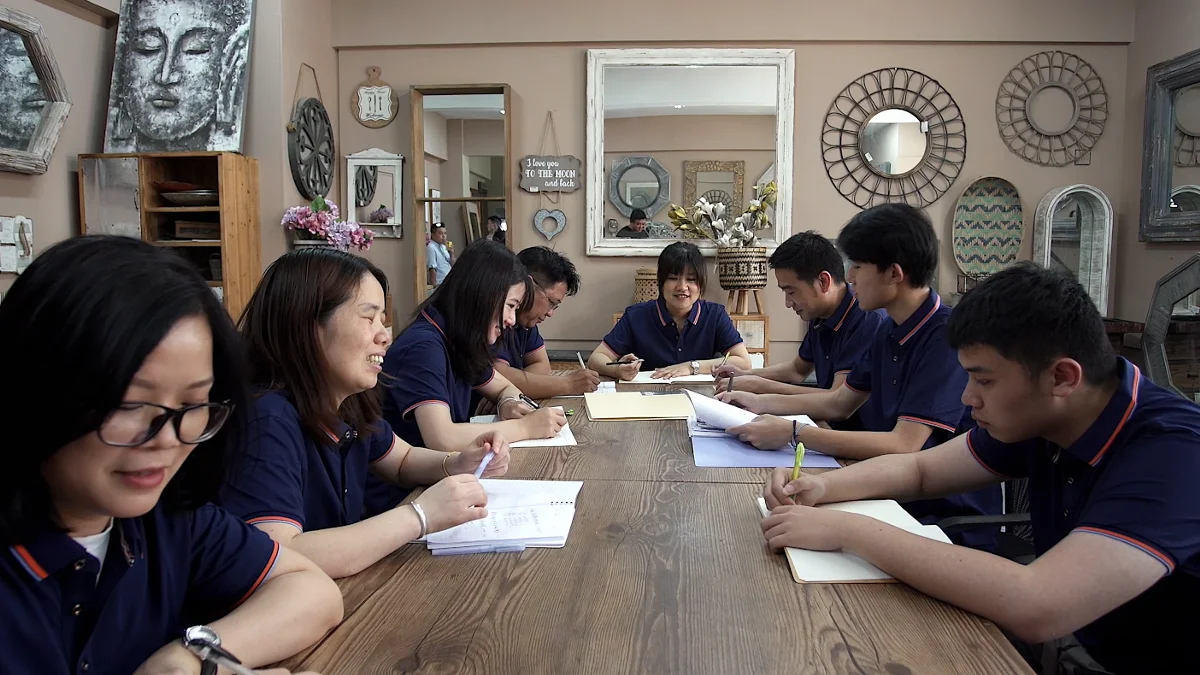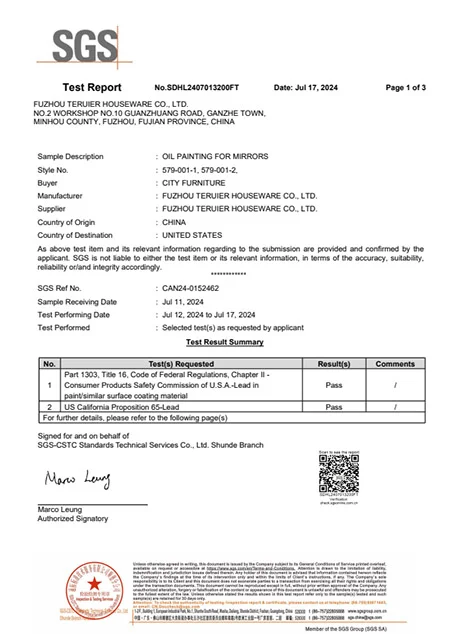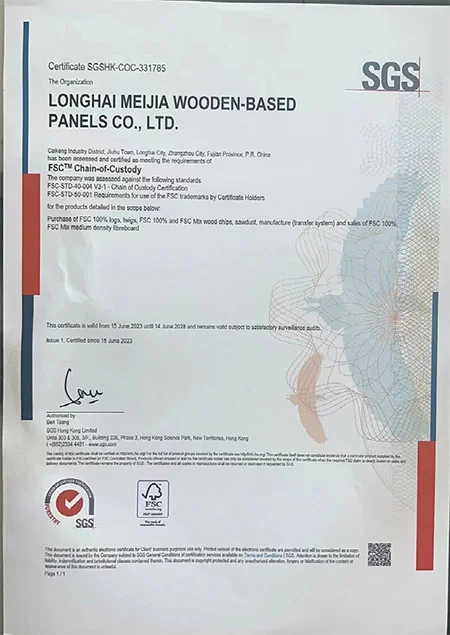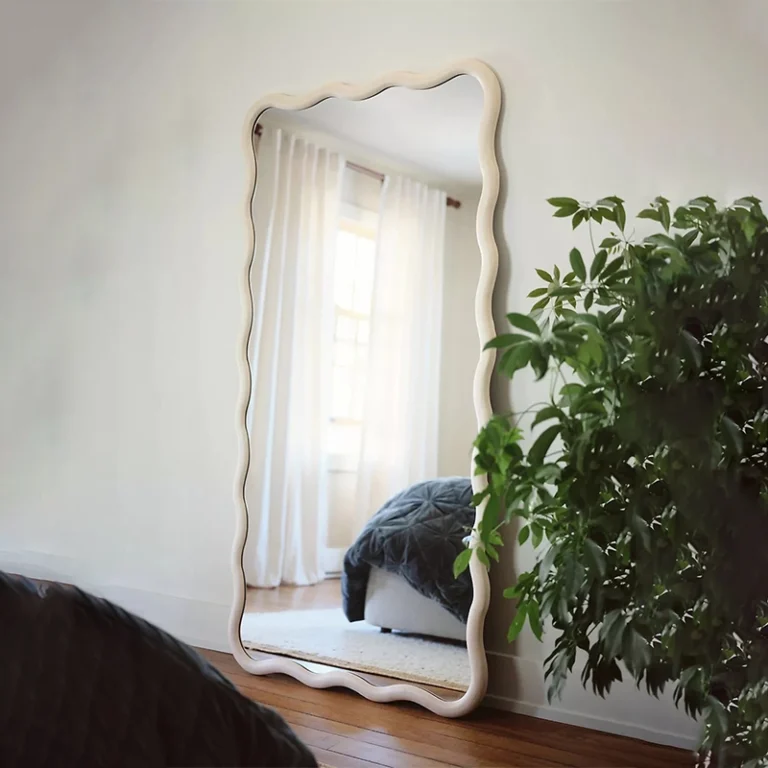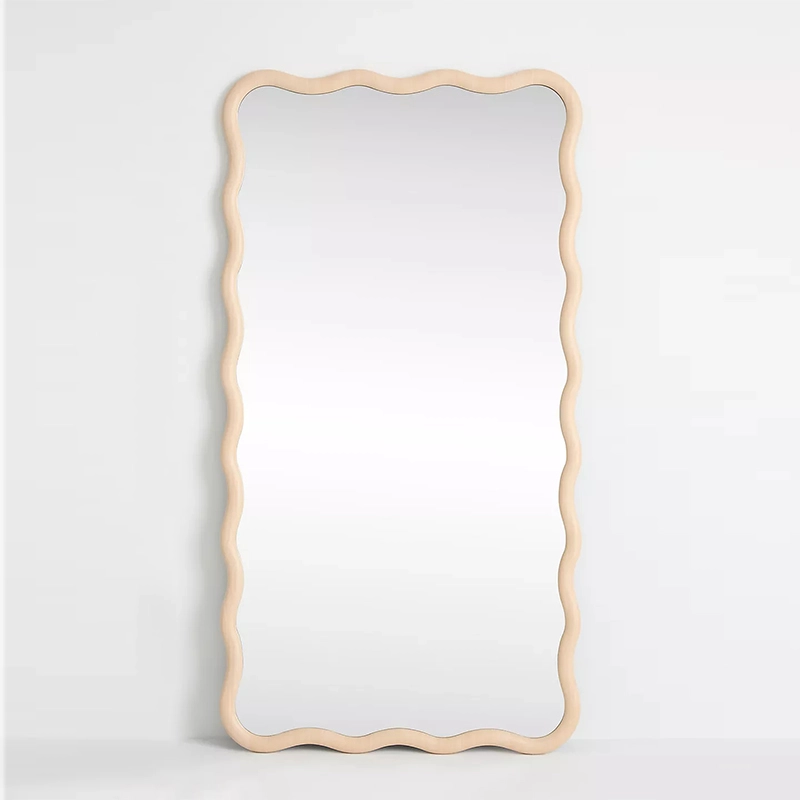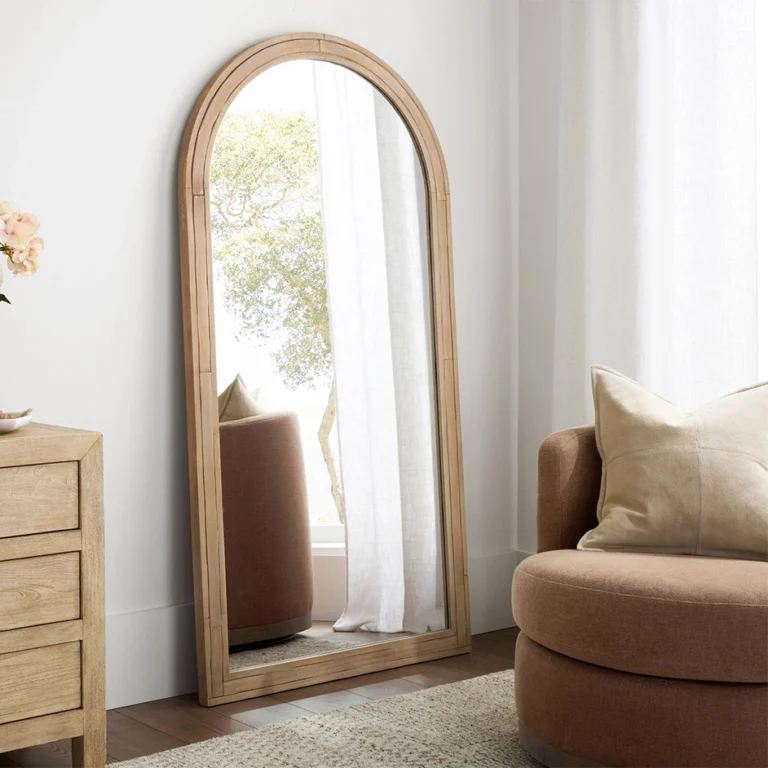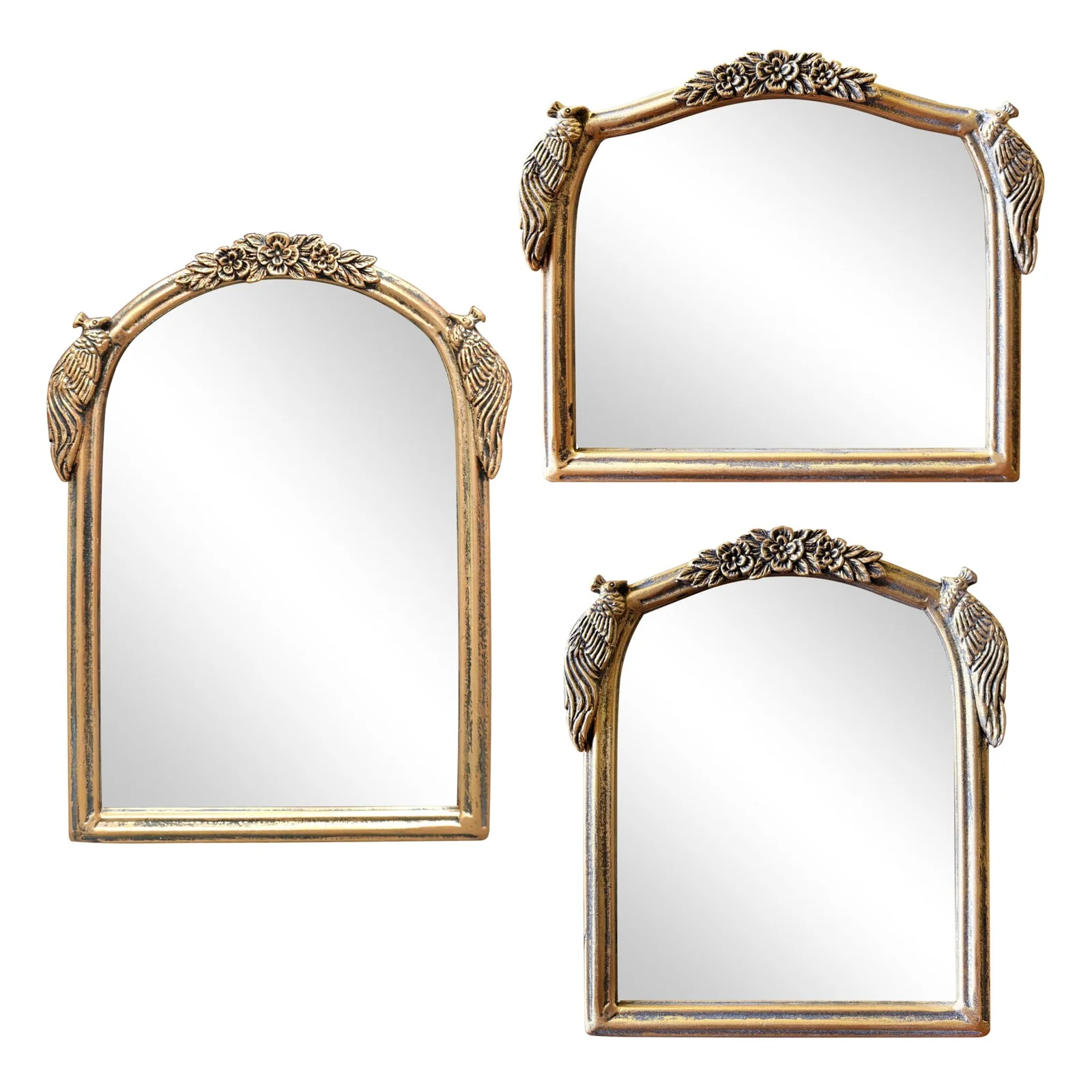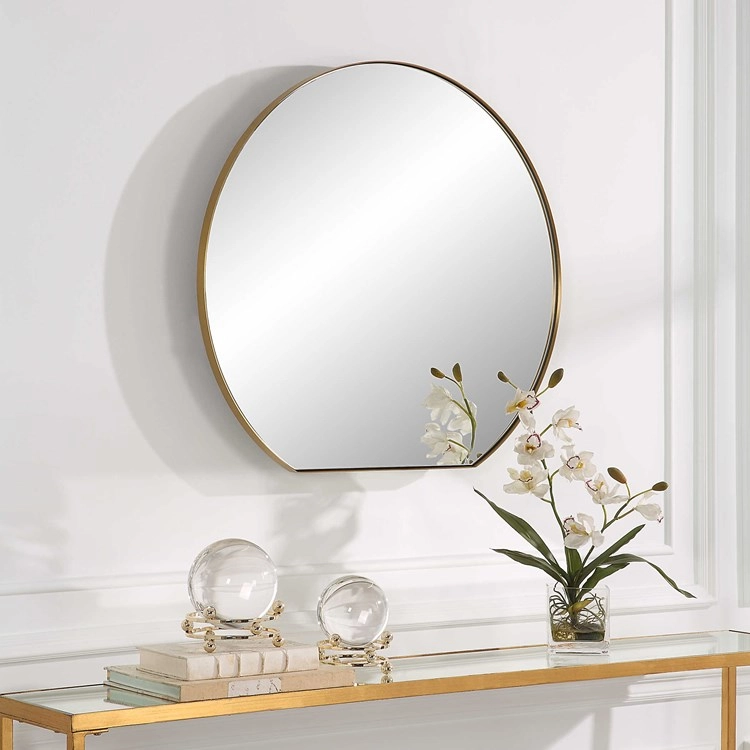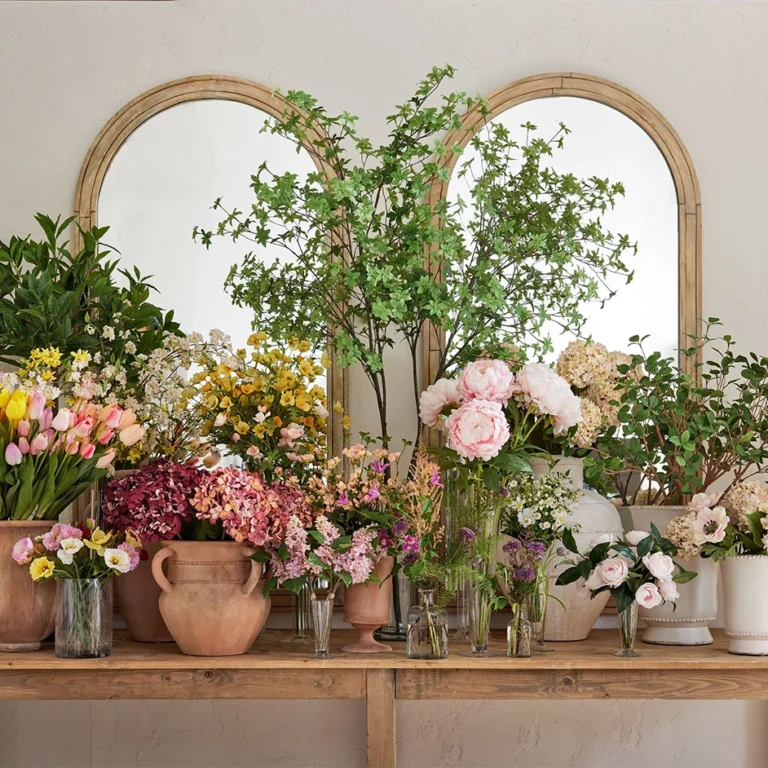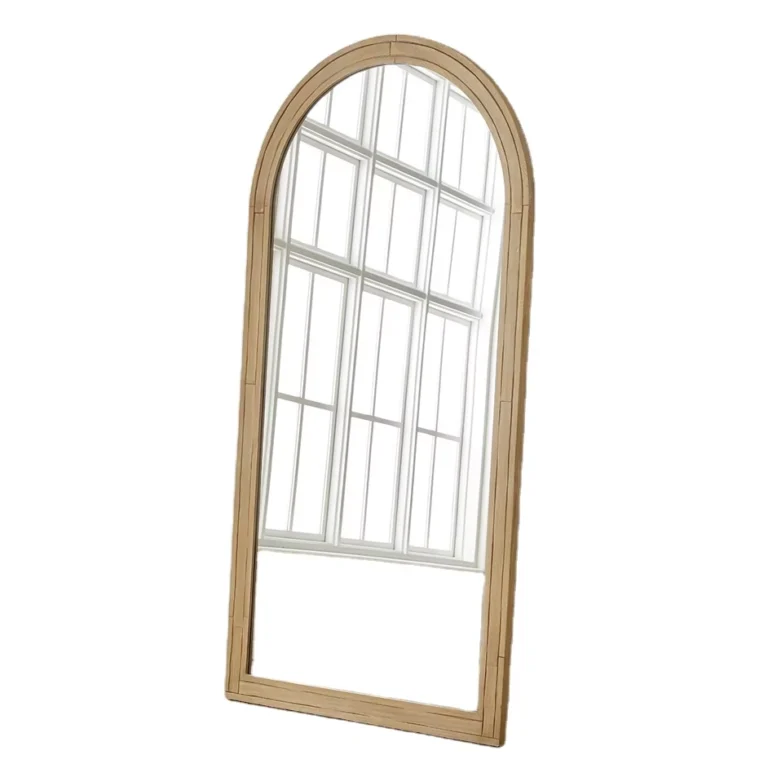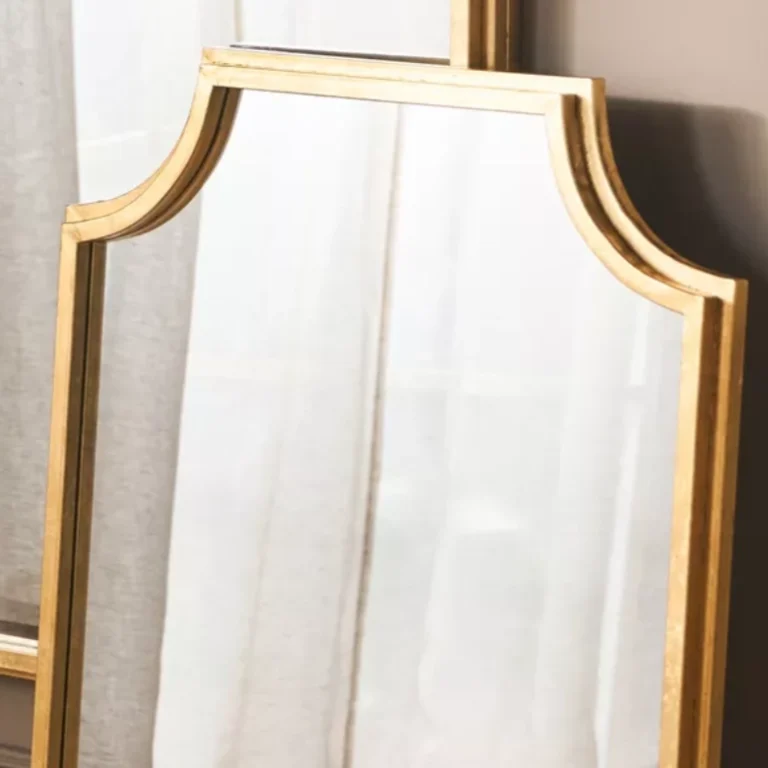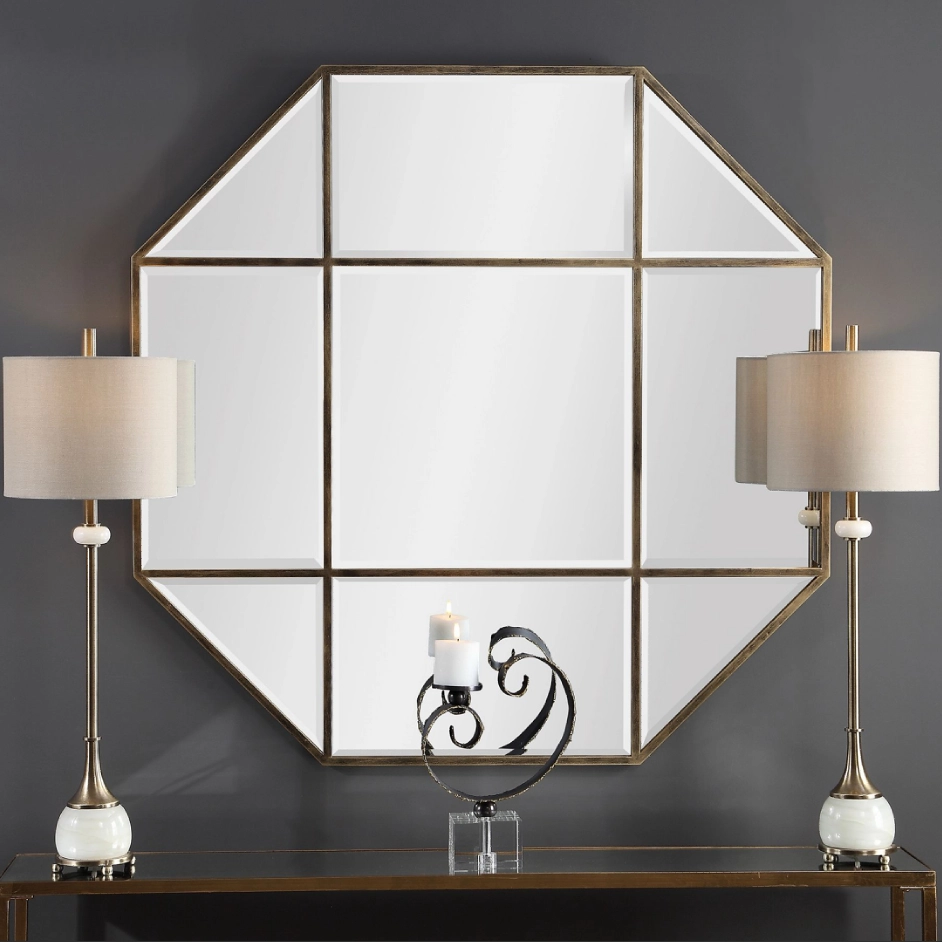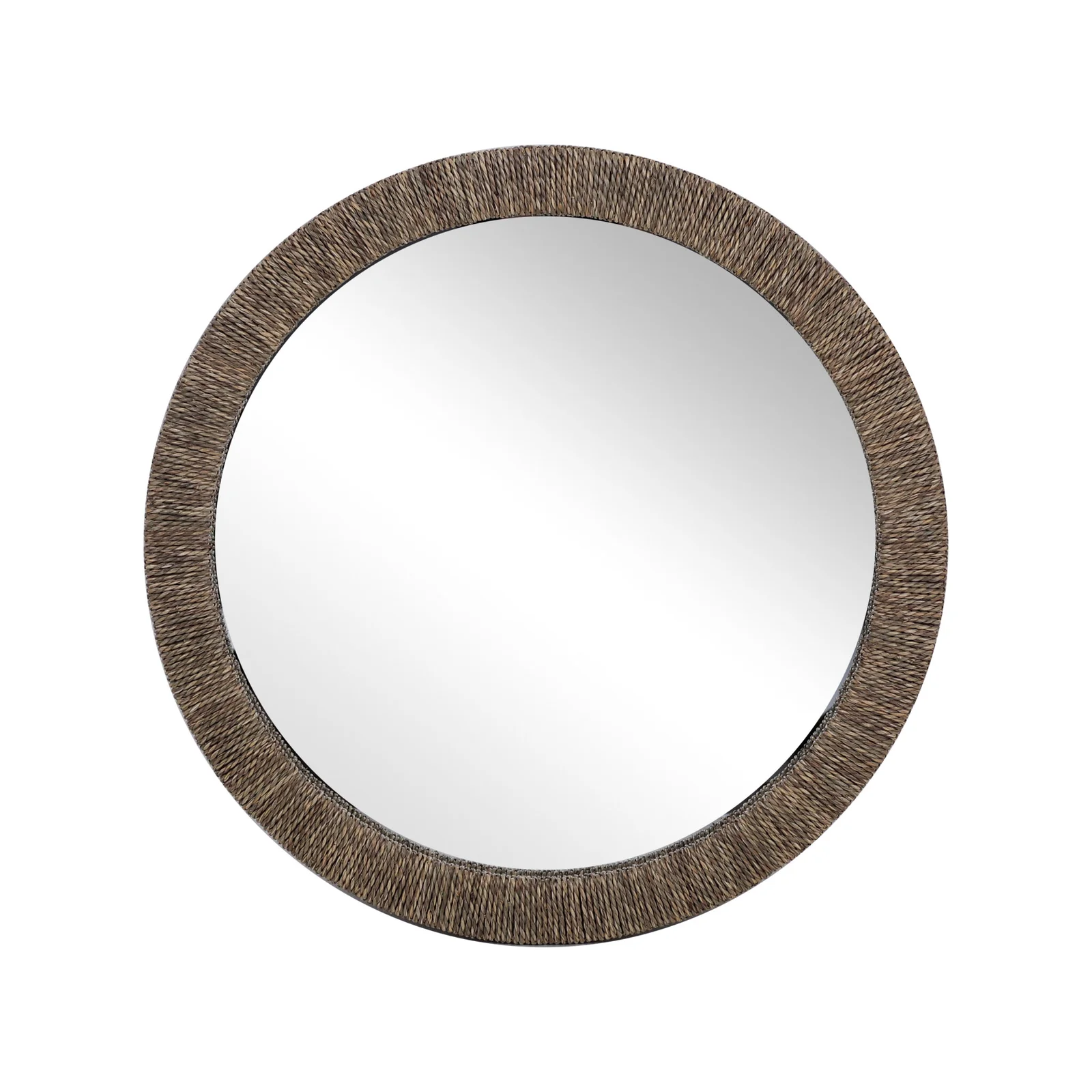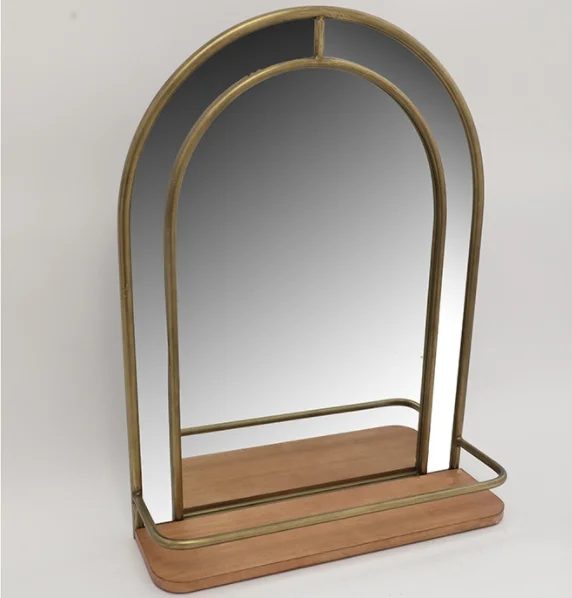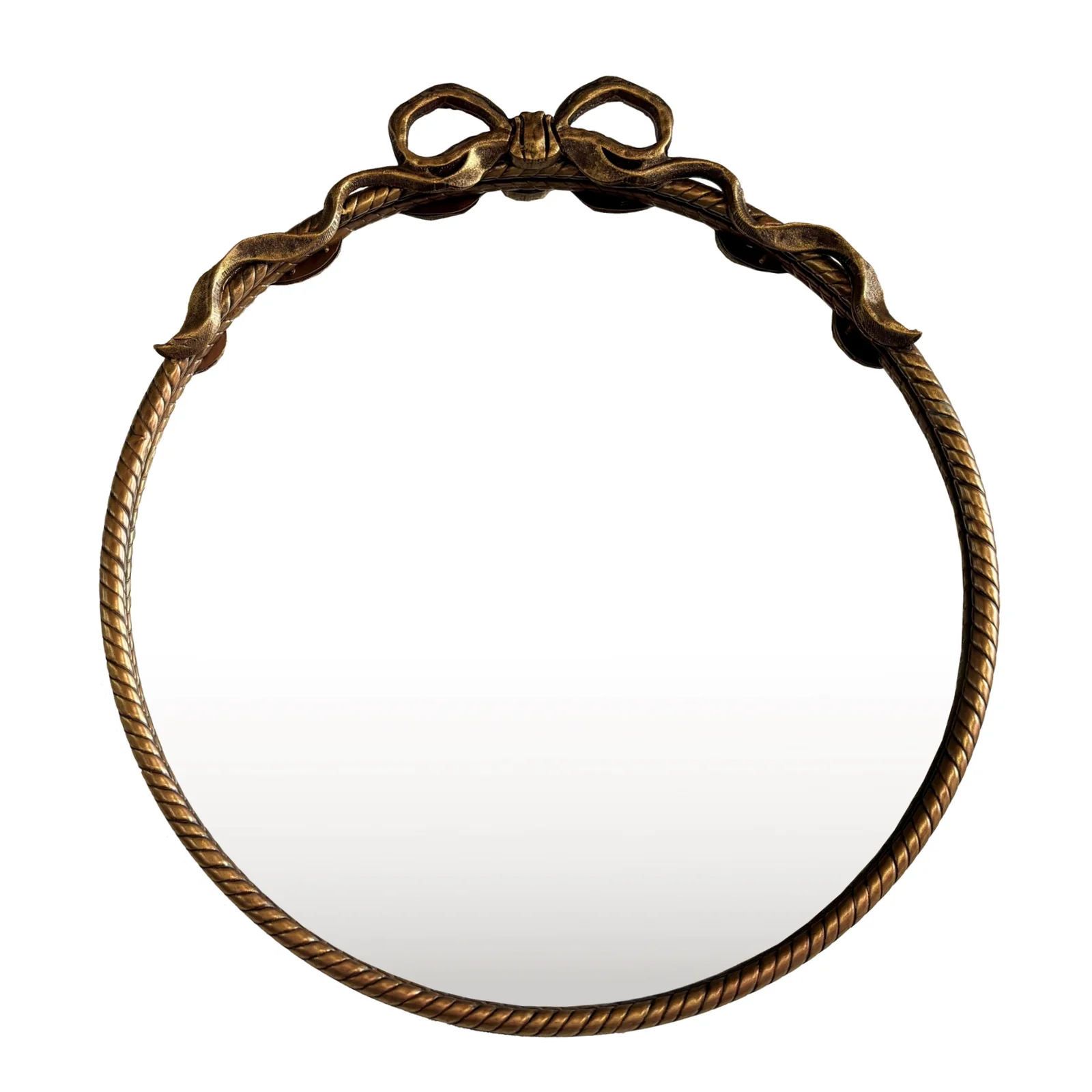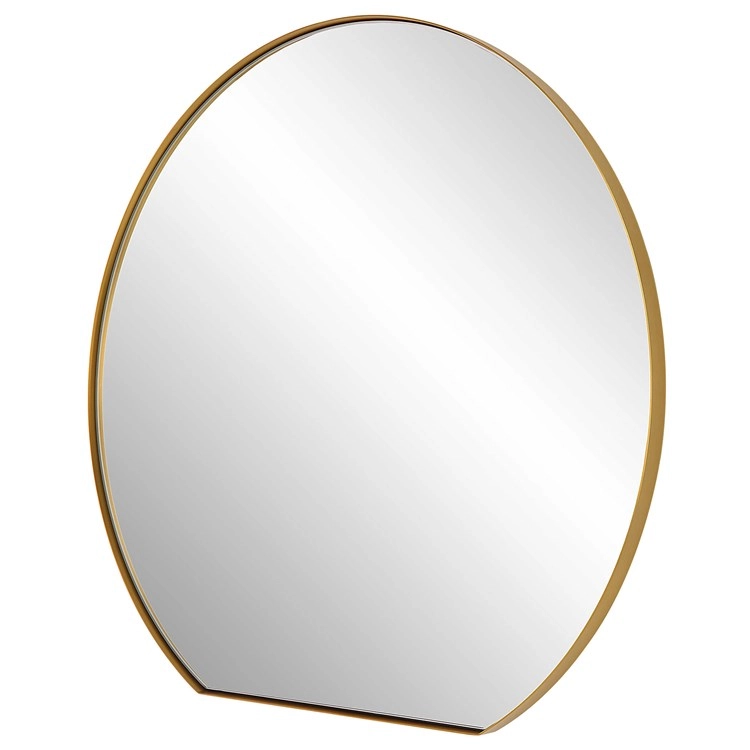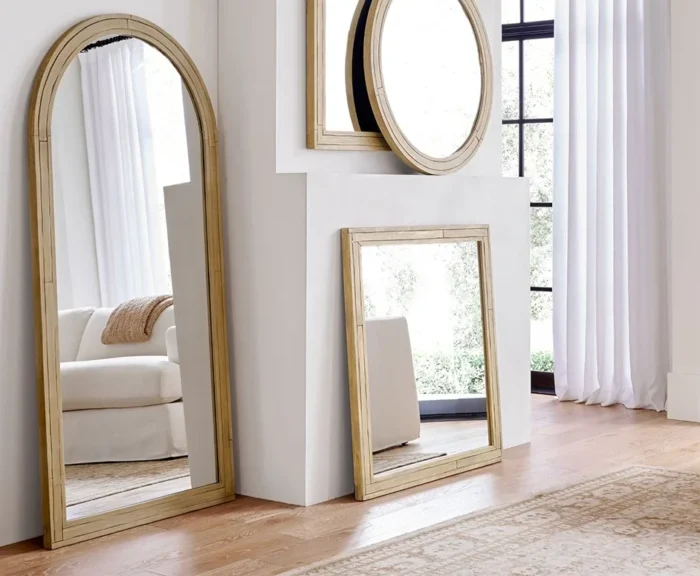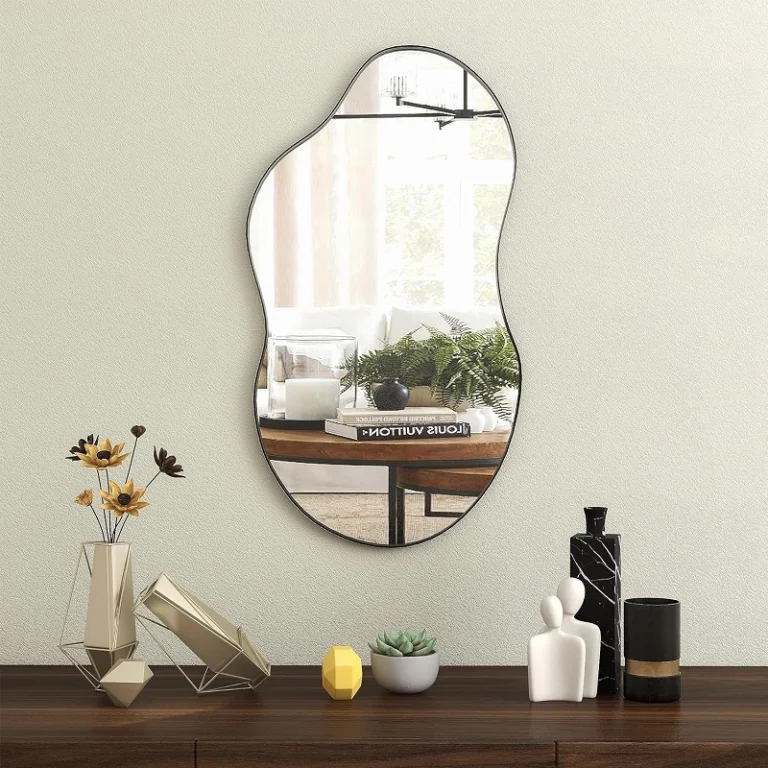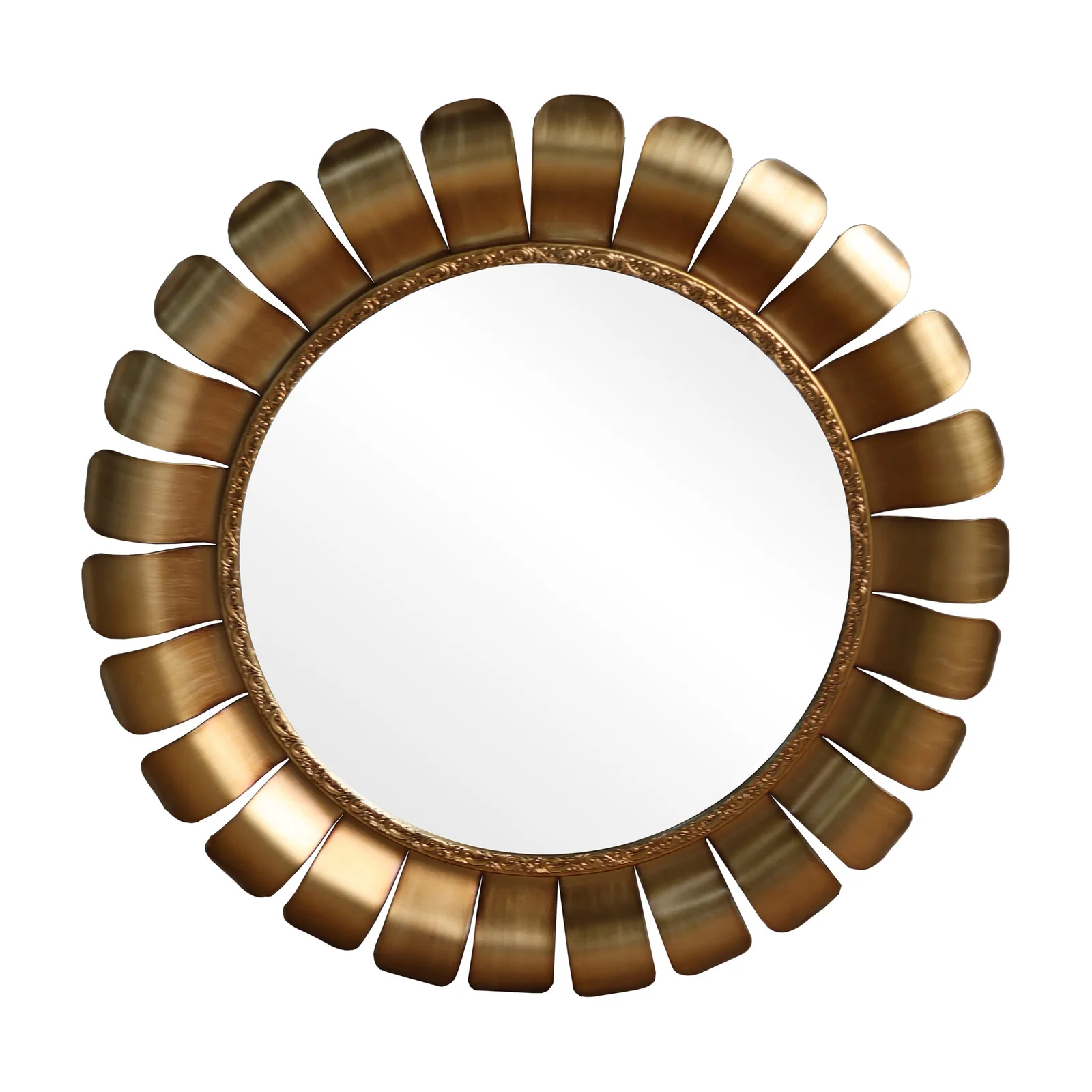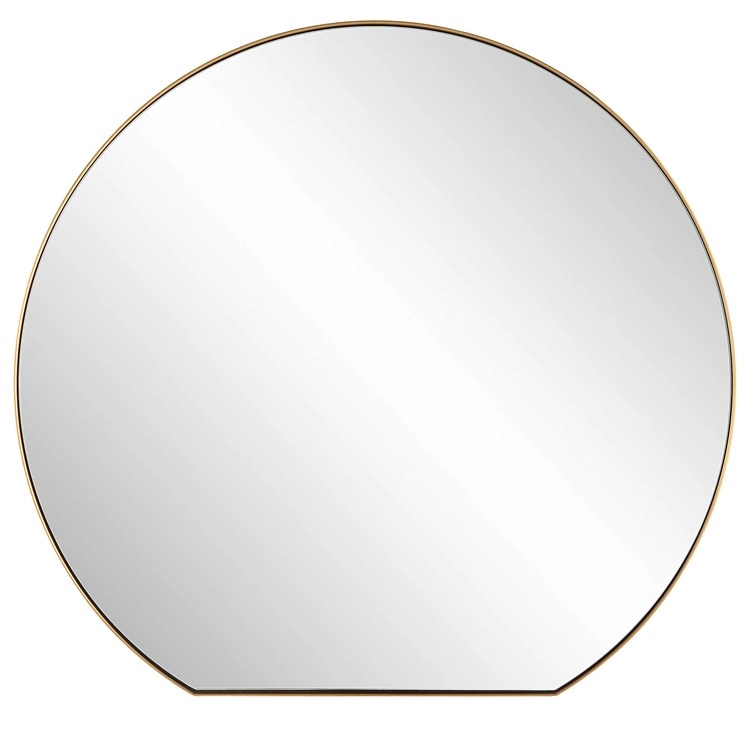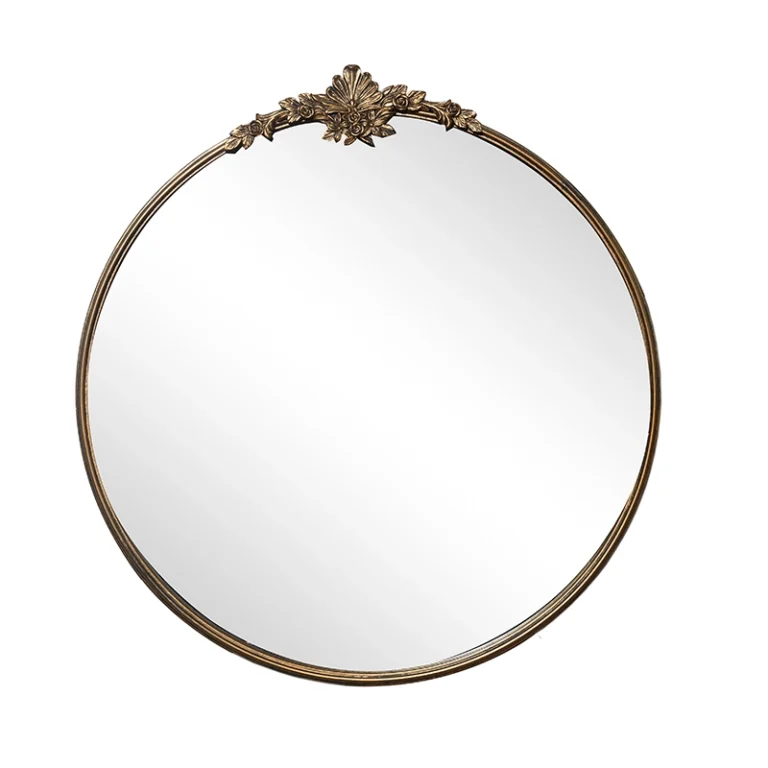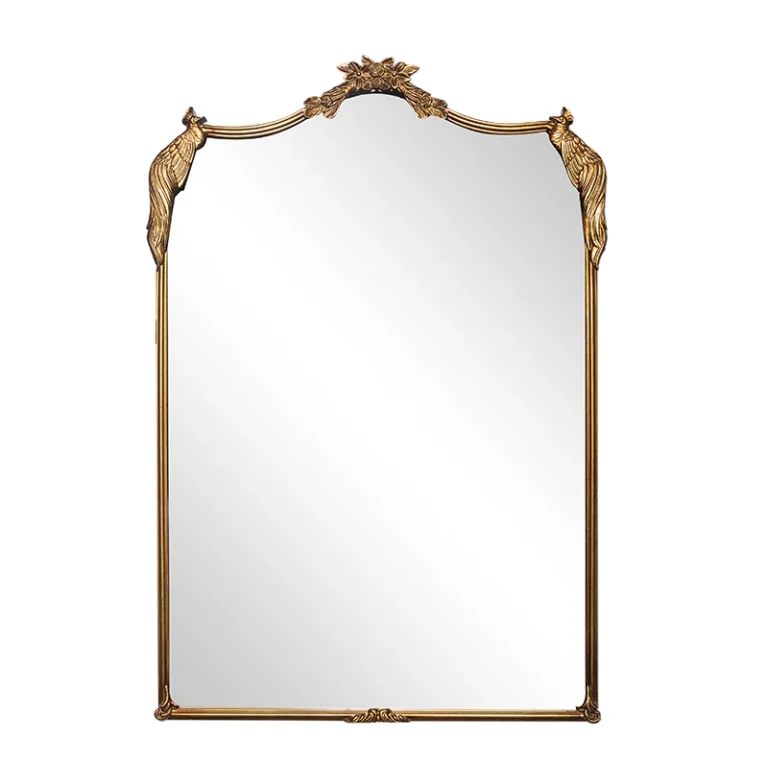Italian Venetian mirrors
Of course. Italian Venetian mirrors, particularly those from the island of Murano, are not just functional objects; they are exquisite works of art that embody centuries of craftsmanship, luxury, and history.
Here’s a comprehensive overview of everything you need to know about them.
What Defines a Venetian Mirror?
A true Venetian mirror is distinguished by several key characteristics, primarily stemming from the glassmaking techniques developed and perfected on Murano.
-
Bevelled Glass: The glass is hand-cut and polished at an angle along the edges. This bevel catches and refracts light, creating a beautiful prism effect that adds sparkle and depth. Modern machine-made bevels are sharp and uniform; antique or high-quality reproductions have a softer, slightly irregular hand-finished feel.
-
Artistic Glasswork: This is the heart of the mirror’s decoration. It often includes:
-
Glass Etching (Incisione): Artisans use wheels and acids to create intricate designs, scenes, or patterns directly onto the mirror’s surface.
-
Engraving (Bulgherino): A diamond-point tool is used to scratch fine, delicate lines and patterns into the glass.
-
-
Hand-Carved Frames: The frames are not merely borders but integral parts of the art. They are typically made of wood (like walnut or gold-leafed wood) and are meticulously hand-carved with elaborate Baroque, Rococo, or Neoclassical motifs such as:
-
Scrolls and swirls (cartouches)
-
Flowers, leaves, and fruits (especially grapes and pomegranates)
-
Cupids, angels, and mythological figures
-
Intricate lace-like patterns (punto in aria)
-
-
Silvering Technique: Traditionally, a mercury-based amalgam was used to create the reflective backing, which gives antique mirrors a characteristic smoky, deep, and slightly distorted reflection with a warm, greyish hue. Modern mirrors use a silver or aluminum nitrate process, which is clearer and brighter.
A Brief History: Why Venice?
The story of the Venetian mirror is one of monopoly, intrigue, and artistic brilliance.
-
The 13th – 15th Centuries: Venetian glassmakers on Murano became Europe’s most renowned masters. To protect their trade secrets and prevent fires from spreading in the main city, the Republic of Venice forced all glassmakers to move to Murano in 1291.
-
The 16th Century: Mirrors, as we know them, were invented here. While polished metal and obsidian were used before, the Murano artisans developed the technique of coating clear, flat cristallo (a exceptionally clear and colorless glass) with a reflective amalgam of tin and mercury. This created a reflection of unparalleled clarity and brilliance.
-
The Ultimate Luxury Item: For nearly two centuries, Venice held a complete monopoly on high-quality mirror production. They were incredibly expensive status symbols for royalty and the ultra-wealthy across Europe. A famous example is the Hall of Mirrors at the Palace of Versailles—King Louis XIV’s architects actually managed to smuggle Murano artisans out of Venice to France to create the mirrors for him, breaking the monopoly.
-
18th Century to Present: While other European countries developed their own mirror industries, Murano never lost its reputation for the highest level of artistic and handcrafted luxury. Today, authentic Murano mirrors are still made using traditional techniques and are highly sought after.
Types and Styles
Venetian mirrors evolved with the artistic movements of their time:
-
Baroque (17th – early 18th C): Grand, dramatic, and heavy. Features deep carving, bold scrolls, and often a dark wood or silvered finish.
-
Rococo (18th C): Lighter, more playful, and asymmetrical. Abundant with floral motifs, shells, cupids, and intricate lace-like carvings. Often gilded in bright gold leaf.
-
Neoclassical (late 18th C): A reaction to Rococo excess. More symmetrical and restrained, drawing inspiration from ancient Greek and Roman motifs like urns, columns, and laurel wreaths.
How to Identify an Authentic Venetian/Murano Mirror
With many reproductions on the market, here’s what to look for:
-
Look for the “Vetro Artistico® Murano” Trademark: The most reliable indicator. Consorzio Promovetro, the official association of Murano glassmakers, licenses this trademark to workshops that pass strict quality controls. It is often etched on the glass itself.
-
Examine the Craftsmanship:
-
Carving: Hand-carved frames will have slight irregularities, deep undercuts, and a sense of depth. Machine-made or resin casts will feel flat, uniform, and perfect.
-
Glass: The glass should feel substantial. The bevel should be wide, polished smooth, and have a slight waviness when you look along its surface. Look for the characteristic smoky, warm reflection of antique silvering (if it’s an antique).
-
-
Weight: Authentic pieces are very heavy due to the thick glass and solid wood frame.
-
Price: If the price seems too good to be true, it probably is. True Murano glass is a luxury product reflecting hundreds of hours of skilled labor.
Buying and Caring for a Venetian Mirror
-
Buying: Purchase from reputable dealers, antique shops, or directly from furnaces (fornaci) on Murano. Always ask for a certificate of authenticity.
-
Placement: Hang it securely on a solid wall. Its weight requires strong anchors. Place it where it can catch and reflect light to maximize its sparkling effect.
-
Cleaning: This is delicate. Do not use commercial glass cleaners as the ammonia can damage the antique silvering and the carved frame. Use a soft, slightly damp microfiber cloth to gently wipe the glass. Dust the carved frame with a soft, dry brush (like a makeup brush) or a vacuum with a soft brush attachment.
In summary, an Italian Venetian mirror is a piece of history, a testament to human artistry, and a stunning statement of luxury that transforms any space with its light, elegance, and timeless beauty.
Generally speaking, our order requirements are as follows: the minimum order quantity (MOQ) for large items is 50 pieces, for regular items it is 100 pieces, for small items it is 500 pieces, and for very small items (such as ceramic decorations) the MOQ is 1,000 pieces. Orders exceeding $100,000 will receive a 5% discount. The delivery timeline is determined based on the specific order quantity and production schedule. Typically, we are able to complete delivery within two months.
